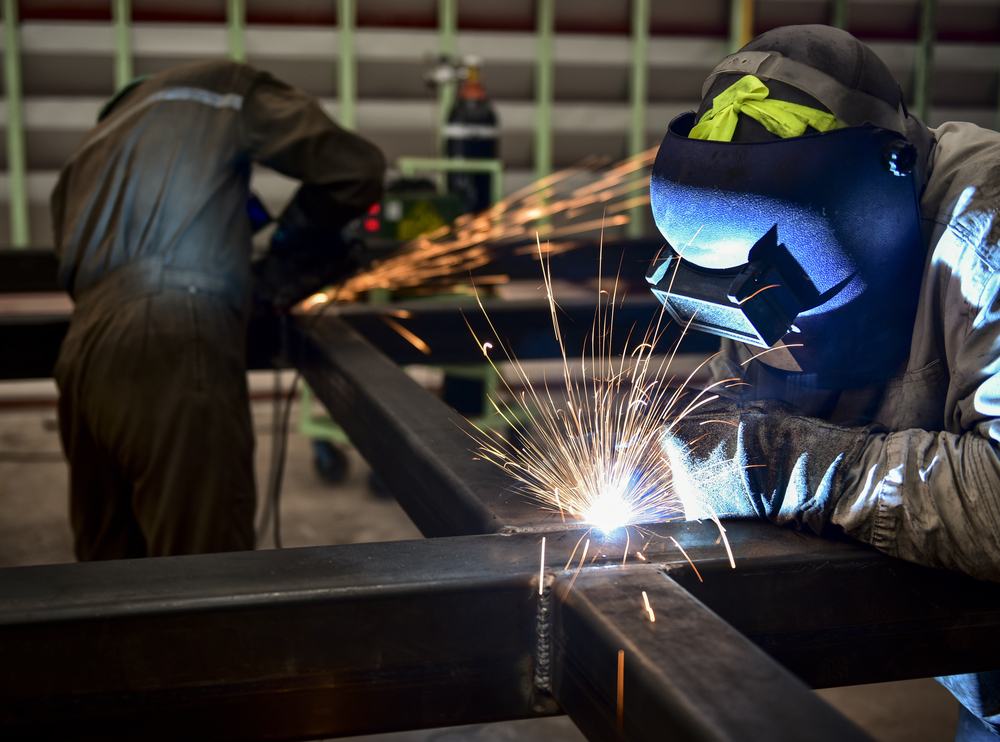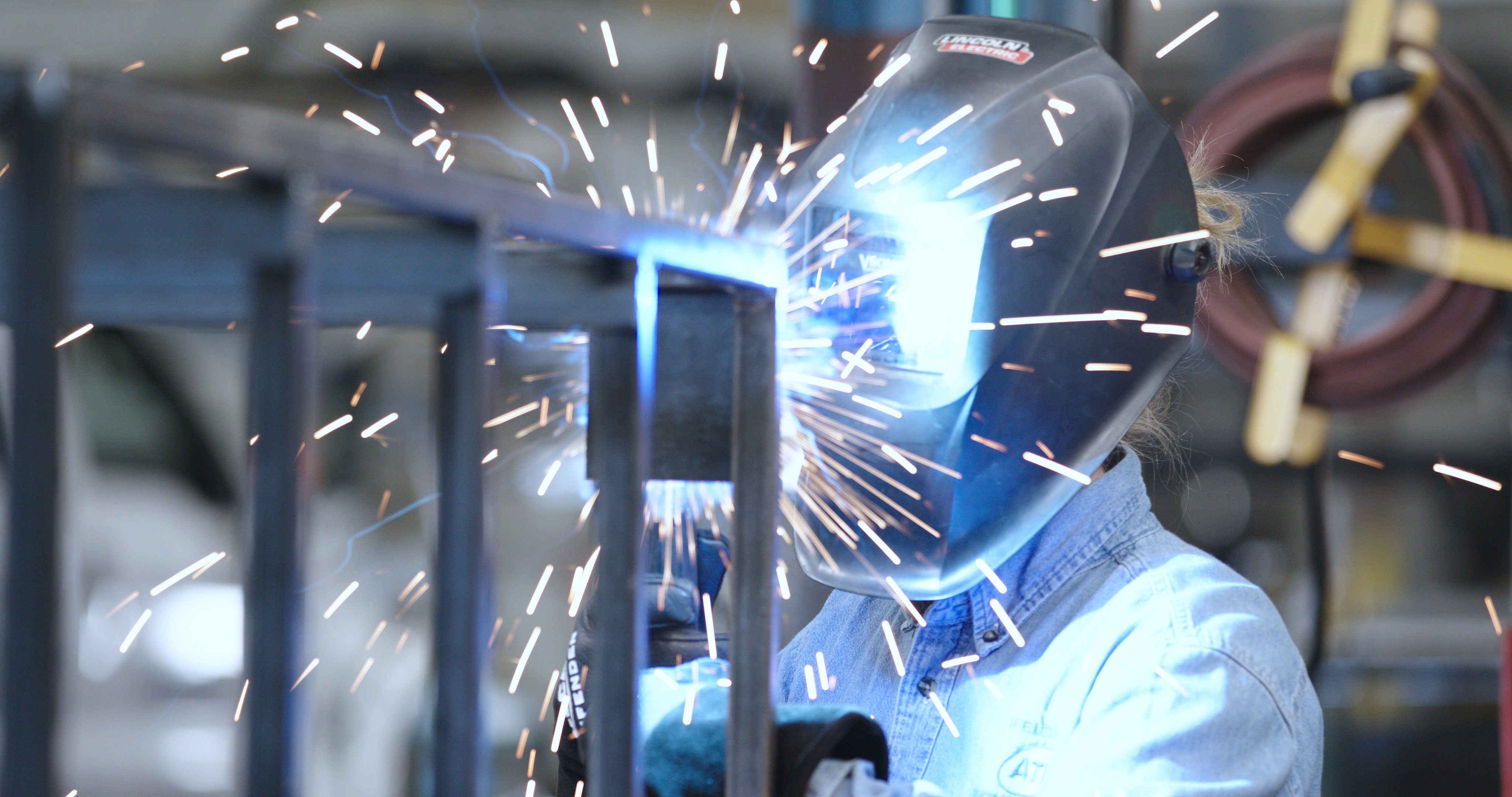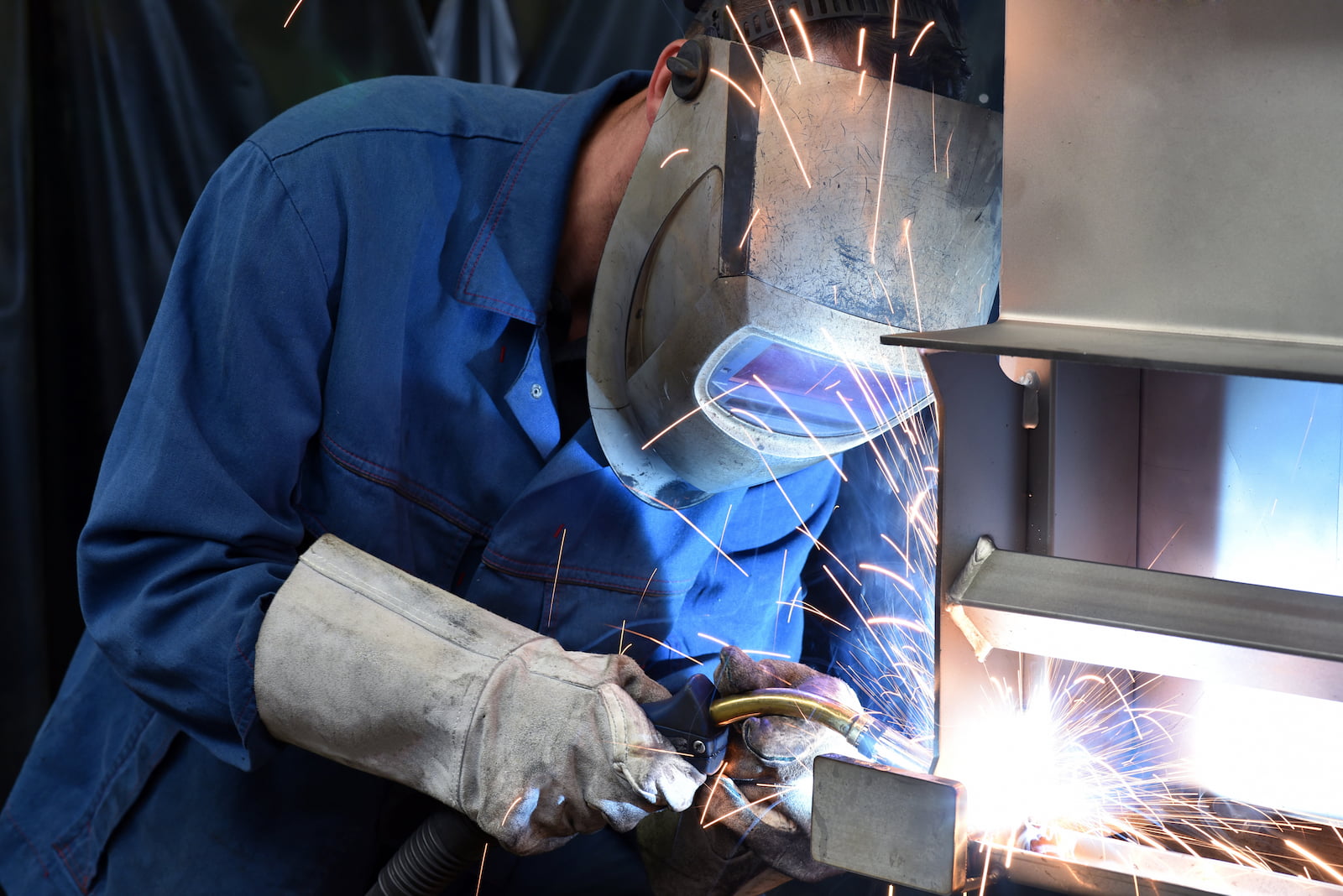Typical Welding Fixing Issues and How to Address Them Successfully
Welding repairs typically come across a series of issues that can threaten the integrity of the end product. Common problems include inadequate infiltration, porosity, and misalignment, amongst others. Each flaw presents unique difficulties that require certain approaches for resolution. Understanding these concerns is important for welders aiming to improve their abilities and outcomes. This conversation will discover these common welding fixing concerns and reliable techniques to address them.
Poor Infiltration
Poor penetration occurs when the weld steel fails to completely fuse with the base product, causing weak joints and prospective architectural failings. This issue often comes from not enough warm input, inaccurate electrode angle, or incorrect welding speed. Welders may encounter inadequate penetration because of a mistake of the needed parameters for a particular product thickness or type. In addition, contamination on the base product's surface area can impede effective bonding, aggravating the trouble. To deal with poor infiltration, welders ought to ensure ideal settings on their devices and preserve a tidy job surface area. Normal evaluation of welds is recommended to identify any type of shortages early, permitting timely modifications and the avoidance of jeopardized architectural integrity in welded settings up.
Porosity
Porosity is an usual flaw in bonded joints that materializes as small gas bubbles trapped within the weld metal. This flaw can jeopardize the integrity of the weld, leading to lowered strength and potential failure under anxiety. Montana Mobile Welding and Repair Belgrade. Porosity typically develops from contamination, moisture, or inappropriate welding techniques, which permit gases to get away into the molten weld pool. To address porosity, welders ought to guarantee proper surface preparation, preserve a tidy working setting, and use ideal welding parameters. Additionally, choosing the best filler material and securing gas can alleviate gas entrapment. Routine examination and screening of welds can aid identify porosity early, guaranteeing timely rehabilitative actions are taken, therefore maintaining the high quality and dependability of the bonded framework
Imbalance
Imbalance in welding can occur from various factors, including improper arrangement and thermal development. Recognizing the origin creates is essential for efficient resolution. A number of modification methods are available to straighten elements and guarantee structural integrity.
Root causes of Imbalance
Welding imbalance frequently stems from a range of underlying issues that can jeopardize architectural stability. One main reason is improper fit-up of elements before welding, which can lead to voids and unequal surfaces. Variations in thermal growth throughout the welding process can likewise cause distortion, particularly if the products being joined have different coefficients of expansion. In addition, inadequate fixturing and securing may stop working to hold components safely in position, resulting in movement during welding. Badly kept tools, consisting of welding devices and devices, might present incongruities in the weld bead, more adding to imbalance. Driver mistake, stemming from inadequate training or experience, can additionally play a considerable duty in creating misaligned welds.

Improvement Strategies Available
Attending to misalignment efficiently needs a combination of restorative techniques customized to the certain issues available. One typical approach is making use of fixtures or jigs to hold parts in the right setting throughout welding, guaranteeing regular positioning. Furthermore, pre-heating the materials can help in reducing distortion and enhance fit-up. For significant misalignment, mechanical realignment strategies, such as using hydraulic jacks or clamps, can be utilized to remedy the position before welding. Post-weld warmth treatment might also be necessary to ease stresses triggered by misalignment. Finally, cautious evaluation and change during the arrangement phase can stop misalignment problems from coming to be considerable issues, promoting a smoother welding procedure and enhancing general structural honesty.
Distortion
Distortion is a common obstacle in welding that can develop from various variables, including irregular cooling and heating. Recognizing the causes of distortion is essential for carrying out reliable avoidance methods. Resolving this problem not just improves structural stability but likewise improves the overall top quality of the weld.
Reasons of Distortion
When based on the extreme warm of welding, materials typically go through modifications that can lead to distortion. This phenomenon mostly occurs from thermal growth and contraction throughout the welding procedure. As the weld location heats up, the material expands; upon air conditioning, it acquires, which can create interior stress and anxieties. Additionally, irregular heating across a work surface can intensify these anxieties, resulting in warping or bending. The sort of material likewise plays a considerable duty; steels with differing thermal conductivity and coefficients of growth may respond in different ways, bring about unpredictable distortions. Furthermore, bad joint layout and poor fixturing can add to imbalance throughout welding, raising the possibility of distortion. Comprehending these reasons is important for efficient welding repair and prevention techniques.
Avoidance Techniques
Effective prevention techniques for distortion throughout welding concentrate on controlling warmth input and making certain correct joint layout. Preserving a regular heat input helps to reduce thermal expansion and contraction, which can cause distortion. Utilizing strategies such as preheating the workpiece can additionally minimize the temperature slope, advertising uniform heating. Furthermore, choosing proper joint styles, such as T-joints or lap joints, can boost security and minimize stress focus. Executing proper fixturing to protect the workpieces in location further help in click keeping positioning during the welding procedure. Finally, staggered welding sequences can disperse warm a lot more uniformly, stopping localized distortion. By using these strategies, welders can substantially reduce the likelihood of distortion and improve the overall quality of their welds.
Breaking
Fracturing is a common concern encountered in welding fixings, often arising from different factors such as inappropriate cooling rates, product choice, or insufficient joint preparation. The incident of splits can considerably jeopardize the stability of the weld, bring about possible failings throughout procedure. To address this concern, welders must initially assess the origin creates, making sure that materials are suitable and properly picked for the specific application. Additionally, regulating the air conditioning rate during the welding process is essential; fast cooling can generate stress and cause fracturing. Proper joint style and prep work likewise add to minimizing the threat. Executing these methods can improve weld quality and toughness, inevitably reducing the probability of splitting in finished weldments.

Incomplete Blend
A considerable concern in welding repair services is insufficient fusion, which happens when the weld steel does not properly bond with the base product or previous weld passes - Belgrade Fabrication. This issue can bring about weaknesses in the joint, potentially endangering the honesty of the welded framework. Aspects contributing to incomplete fusion include insufficient warmth input, improper welding technique, and contamination of the surfaces being signed up with. To resolve this concern successfully, welders need to guarantee appropriate pre-weld cleaning and surface prep work, as well as readjust their welding parameters to Get the facts accomplish adequate infiltration and blend. Regular assessment during the welding procedure can also help identify insufficient combination early, permitting timely rehabilitative measures to enhance the overall high quality of the weld
Overheating
While welding fixings can boost structural integrity, overheating presents a considerable obstacle that can bring about product destruction. Extreme heat throughout welding can modify the mechanical residential properties of metals, causing lowered toughness, enhanced brittleness, and warping. This phenomenon is specifically vital in high-stress applications where architectural reliability is extremely important. Identifying getting too hot can include aesthetic evaluations for discoloration or distortion, as well as keeping an eye on temperature level during the welding process. To mitigate the risks connected with getting too hot, welders must utilize proper methods, such as managing heat input, readjusting traveling rate, and making use of ideal filler products. Additionally, executing pre- and post-weld warmth treatments can assist recover material residential or commercial properties and enhance the total top quality of the fixing, ensuring long-lasting efficiency and security.
Often Asked Concerns
What Are the Common Signs of a Welding Issue?

Exactly How Can I Check My Welds for Top quality?
To check welds for quality, one can utilize visual evaluations, ultrasonic screening, and cwi welding radiographic techniques. Each method assures structural stability, determines defects, and validates adherence to defined requirements, ultimately boosting the integrity of the welded joints.
What Safety Safety Measures Should I Take While Welding?
When welding, one ought to prioritize safety and security by putting on proper personal safety tools, making sure proper ventilation, safeguarding flammable materials away, keeping a tidy work area, and being aware of surroundings to avoid injuries and mishaps.
Can I Repair a Weld Without Renovating the Entire Joint?
Repairing a weld without redoing the whole joint is possible, depending on the damages (Montana Mobile Welding and Repair). Techniques such as grinding, including filler product, or utilizing a welding process can successfully attend to details problems while maintaining the surrounding framework
What Tools Are Necessary for Reliable Welding Repairs?
Necessary devices for effective welding fixings consist of a welding maker, cable brush, mill, safety gear, clamps, and filler products. Each device plays an important duty in making certain high quality and security during the fixing process. Porosity typically develops from contamination, moisture, or improper welding methods, which permit gases to escape right into the molten weld pool. Poorly maintained equipment, consisting of welding makers and devices, might introduce disparities in the weld grain, more contributing to imbalance. When subjected to the extreme warmth of welding, products frequently go through adjustments that can lead to distortion. Splitting is an usual concern encountered in welding repair services, commonly resulting from different aspects such as inappropriate cooling prices, material option, or inadequate joint preparation. A significant issue in welding repair work is incomplete combination, which happens when the weld metal does not appropriately bond with the base product or previous weld passes.